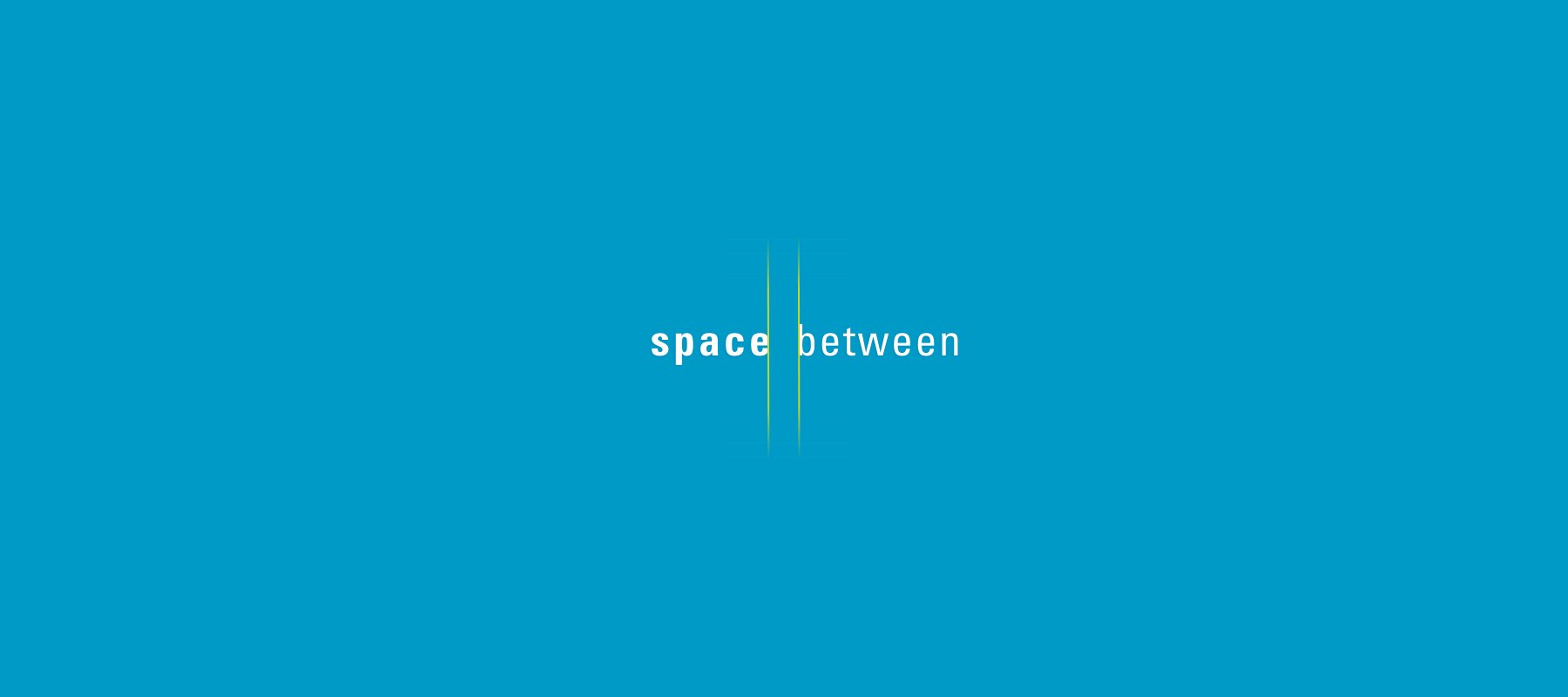
The Space Between: A Fundraiser’s Guide to Designing With White Space

“Space is the breath of art.” — Frank Lloyd Wright
While it may seem counterintuitive to some, experienced designers know: White space is one of the most fundamental and versatile tools in the designer’s toolbox.
In fundraising, well-crafted visual space can reduce complexity, increase emotion, and create a better donor experience. Here’s what you need to know about working with white space.
Balance your micro and macro white spaces.
The parts of your document that you leave blank serve just as much purpose as the parts you pack with text, colors, and images. White space plays a huge part in your overall composition and is broken down into two categories:
- Micro white space is the small space between design elements. This can be the space between lines and paragraphs (leading), grid images, or menu links. This has a massive influence on legibility.
- Macro white space is the large space between major layout elements. This is what’s to the right and the left of most content, and in the space between content groups.
Balancing these well can greatly improve your visual influence, grab your donor’s attention, reinforce their understanding, and diminish your bounce rate. (That’s a good thing!)
Getting that balance right entails controlling the elements you are balancing space against, which leads to …
Practice safe Gestalt Theory.
The Gestalt Theory states that “the whole is more than the sum of its parts.” Our mind processes sections of a design based on how they relate to each other as a whole.
We humans naturally perceive the world in organized patterns and objects. These principles are divided into five categories:
- Proximity: We tend to perceive elements as a group when they’re close to each other.
- Similarity: We’re inclined to group elements that look like each other using color, size, and shape.
- Continuity: Our mind tends to follow paths and group elements that are aligned with each other.
- Closure: Our brains unconsciously fill in gaps or connect the dots to complete inferred shapes or images.
- Connection: We’re inclined to group elements when they are connected to each other.
Understanding these principles can help you create clean compositions that integrate white space in and around the elements, which, in turn, effectively guides your donor to the most vital points.
Never underestimate the power of simplicity.
French author Antoine de Saint-Exupéry once said, “Perfection is achieved not when there is nothing more to add, but when there is nothing left to take away.”
Your design has 8-10 seconds to engage and retain your donor’s attention. That’s why you must constantly review your design and remove unnecessary details until you reach a point where you can’t find any extras to remove. At that point, the “space” in your design, both around and between essential elements, will frame, organize, and focus your content for your reader.
Balancing your space, getting right to the point, and keeping things simple will provide an easy-to-navigate experience for your donor, and pave the way to a successful relationship with them.
